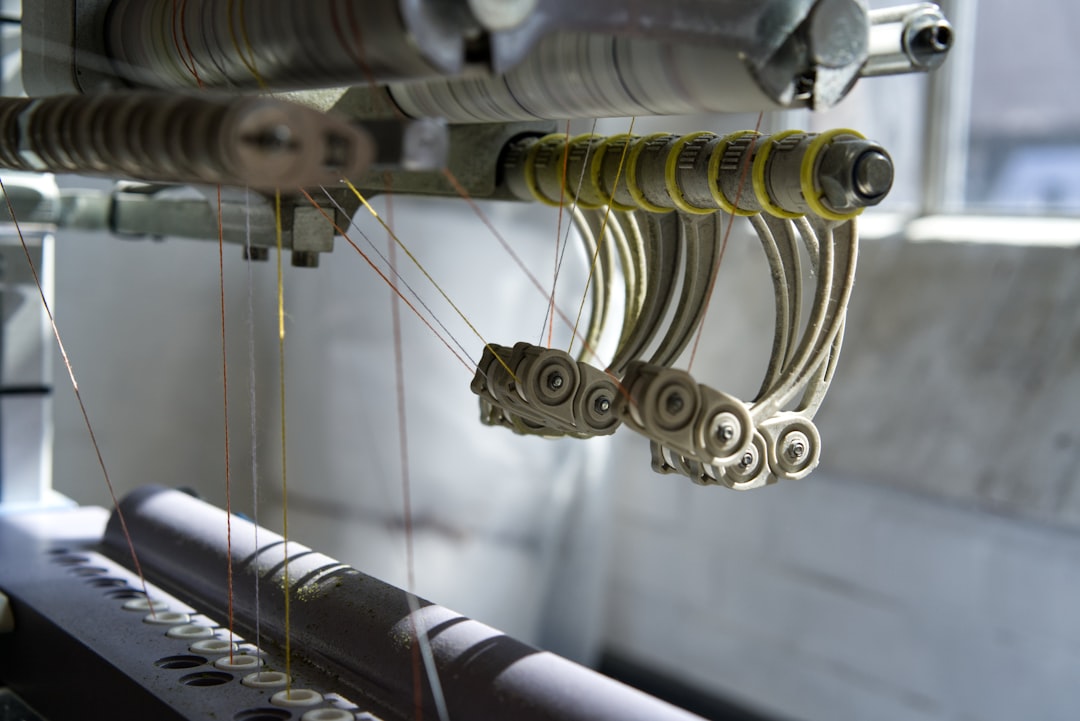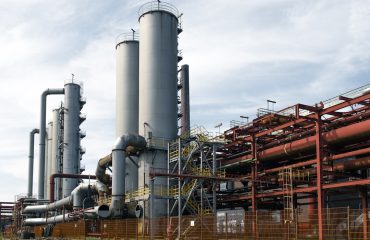Radiographic inspection (RT) is a crucial non-destructive testing (NDT) method used to assess the integrity of pipelines. This powerful technique utilizes penetrating radiation, such as X-rays or gamma rays, to reveal internal flaws and defects within pipe walls, welds, and other components. This blog post will delve into the intricacies of radiographic inspection in pipes, explaining its applications, advantages, limitations, and safety protocols.
Understanding the Principles of Radiographic Pipe Inspection
Radiographic inspection relies on the principle of differential absorption of radiation. When radiation (X-rays or gamma rays) passes through a material, its intensity is reduced depending on the material’s density and thickness. Denser areas, like metal, absorb more radiation, while less dense areas, such as voids or cracks, allow more radiation to pass through. This difference in radiation intensity is captured on a film or digital detector, creating a radiograph (X-ray image) that reveals internal structures and defects.
The process typically involves positioning a radiation source on one side of the pipe and a detector (film or digital imaging system) on the opposite side. The radiation source emits radiation that penetrates the pipe. The resulting image shows variations in density, highlighting imperfections like cracks, porosity, inclusions, and incomplete weld penetration. The interpretation of these radiographs requires trained personnel with expertise in recognizing various defect types and their significance.
Types of Radiation Sources Used in Pipe Radiography
Two primary radiation sources are employed in radiographic pipe inspection: X-rays and gamma rays.
X-rays: Produced by X-ray machines, these are versatile and offer precise control over radiation output. Their energy levels can be adjusted depending on the pipe’s thickness and material. X-ray machines are preferred for inspecting thinner pipes and welds due to their better control and lower radiation levels than gamma ray sources. However, they require a power source for operation.
Gamma rays: Emitted by radioactive isotopes (e.g., Iridium-192, Cobalt-60), gamma rays offer portability and are suitable for inspecting thicker pipes and welds in remote locations where power is unavailable. However, they require meticulous safety precautions due to their continuous radiation emission. The choice between X-rays and gamma rays depends on factors such as pipe thickness, accessibility, and safety considerations.
Interpreting Radiographic Images and Identifying Defects
Interpreting radiographic images demands expertise and experience. Trained radiographers analyze the images for various indications of defects. These defects can include:
- Cracks: Linear discontinuities indicating potential failure points.
- Porosity: Small gas pockets within the weld metal, reducing strength.
- Inclusions: Foreign materials trapped within the weld metal, compromising integrity.
- Lack of Fusion: Incomplete bonding between weld metal and base material.
- Lack of Penetration: Incomplete filling of the weld joint.
- Undercuts: Grooves at the edges of a weld, weakening the joint.
Radiographers use established acceptance criteria to determine whether the detected defects are acceptable or require repair. These criteria are often based on industry standards and codes (e.g., ASME Section V).
Advantages and Limitations of Radiographic Pipe Inspection
Advantages:
- High sensitivity: Detects a wide range of internal flaws, even small ones.
- Permanent record: Radiographs provide a permanent record of the inspection, facilitating future analysis.
- Versatile: Applicable to various pipe materials and sizes.
- Comprehensive: Provides a detailed view of the internal structure and welds.
Limitations:
- Safety concerns: Requires specialized training and strict safety procedures due to ionizing radiation.
- Costly: Can be expensive, especially for large-scale projects.
- Accessibility limitations: May not be suitable for inspecting pipes in confined spaces or difficult-to-reach areas.
- Surface flaws: Primarily detects internal flaws; surface flaws may require other NDT methods.
Safety Precautions in Radiographic Pipe Inspection
Radiographic inspection involves ionizing radiation, posing potential health risks if safety precautions are not strictly followed. Key safety measures include:
- Radiation shielding: Using lead shielding to protect personnel from radiation exposure.
- Distance: Maintaining a safe distance from the radiation source during exposure.
- Time: Minimizing exposure time to radiation.
- Personal protective equipment (PPE): Wearing lead aprons, gloves, and dosimeters.
- Radiation monitoring: Regularly monitoring radiation levels using survey meters.
- Trained personnel: Employing only trained and certified personnel for radiation handling and interpretation.
- Proper handling of radioactive sources: Adhering to strict procedures for the transportation, storage, and use of radioactive isotopes.
Strict adherence to these safety measures is crucial to minimize the risk of radiation exposure and ensure the well-being of personnel involved in the inspection process.
Radiographic inspection is an indispensable tool for ensuring the integrity and safety of pipelines. By understanding its principles, techniques, and safety protocols, industries can effectively leverage this powerful NDT method to prevent costly failures and maintain operational efficiency.
SEO-Friendly Tags:
- Radiographic pipe inspection
- Pipe weld inspection
- NDT pipeline inspection
- X-ray inspection of pipes
- Gamma ray pipe inspection




